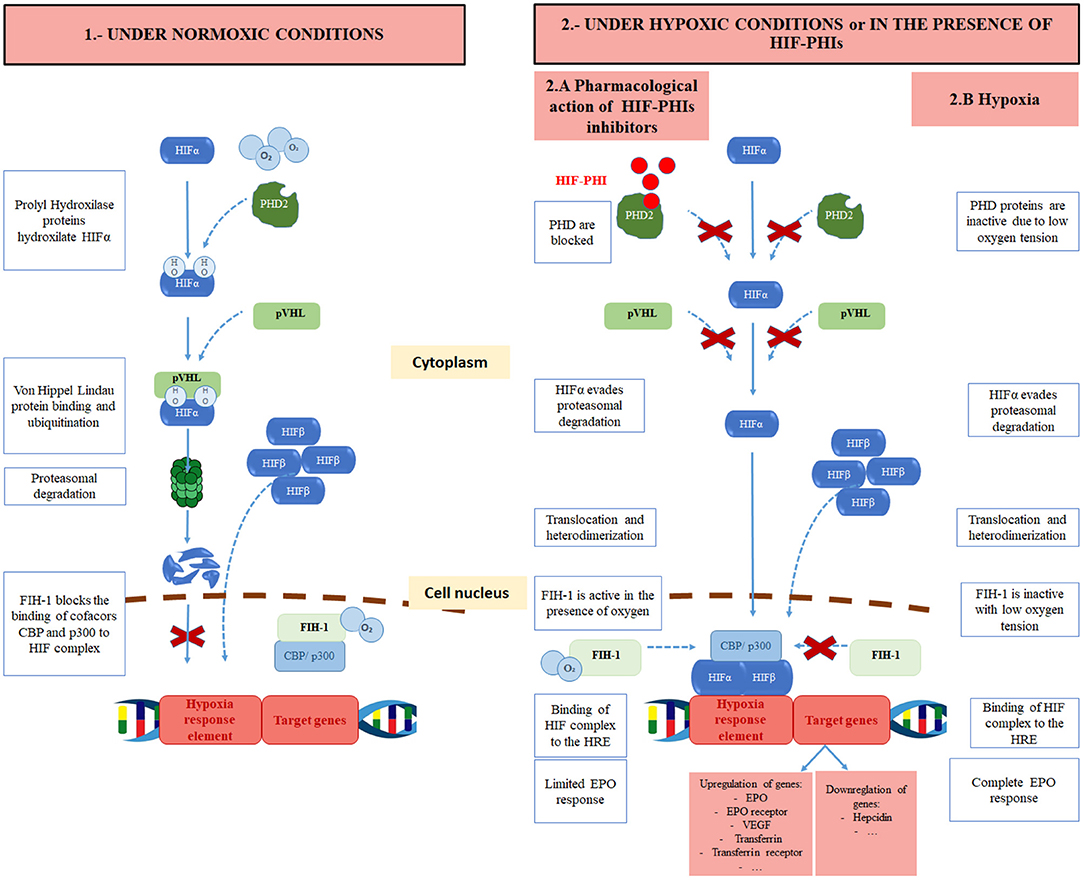

OH is the difference between the amount of ECW in tissue that is detected by the BCM and the amount of water present in tissue predicted using physiological models under normal (euvolemic) conditions. OH is derived from the impedance data based on a 3‐compartment model developed by Chamney et al 12 The 3 compartments are lean tissue mass, adipose tissue mass, and OH. The BCM measures the electrical responses at 50 different frequencies between kHz. All participants gave their written informed consent before inclusion.įluid status was assessed by using the Body Composition Monitor (BCM, Fresenius Medical Care, Bad Homburg, Germany), a novel bioimpedance spectroscopy device, and was represented by the level of overhydration (OH). The study protocol complies with the Declaration of Helsinki and was approved by the institutional review board of Taipei Tzu Chi Hospital. All patients were followed up every 3 months until June 30, 2014.

The definition of CVD included coronary artery disease, as documented by coronary angiography or a history of myocardial infarction, class III to IV congestive heart failure, or cerebrovascular accident. For each patient, a thorough medical history was taken and the medical chart was reviewed at the time of study enrollment. All patients received the integrated multidisciplinary CKD care program in Taiwan, 11 focusing on dietary salt and protein restriction, nephrotoxin avoidance, and strict blood pressure and glycemic control. 9 Briefly, 338 clinically stable stage 3 to 5 ND‐CKD patients were recruited from the outpatient clinics between Septemand December 31, 2012. The study design and patients were previously described. To test this hypothesis, we evaluated the influence of fluid retention on hemoglobin concentrations and the cardiovascular and renal outcomes in a prospective cohort of 326 patients with stage 3 to 5 ND‐CKD, using a novel bioimpedance spectroscopy device to measure the fluid status. In the present study, we hypothesized that fluid status would be closely associated with hemoglobin concentrations and outcomes in patients with CKD. Therefore, testing for an interaction between fluid status, hemoglobin concentrations, and outcomes in CKD patients seems warranted. 9 Because ESA treatment further increases the blood volume, the benefits of anemia correction by ESA may have been masked by the negative effects of increased fluid retention. We recently found that volume overload is strongly associated with both traditional and nontraditional risk factors for CKD progression and cardiovascular disease (CVD) in ND‐CKD patients. 10 However, it is difficult to ascertain whether this increased risk was due to the preexisting characteristics of the patients, an increased dose of erythropoiesis‐stimulating agents (ESAs), or both.
Low hematocrit and hemoglobin with chronic kidney disease trial#
In a secondary analysis of the Trial to Reduce Cardiovascular Events with Aranesp Therapy (TREAT), patients with a poor response to darbepoetin alfa had an increased risk of cardiovascular outcomes. CKD indicates chronic kidney disease EPO, erythropoietin GFR, glomerular filtration rate RAAS, renin–angiotensin–aldosterone system RBC, red blood cell. However, patients with anemia with excess OH had a significantly increased risk of cardiovascular morbidity and mortality and CKD progression relative to those with true anemia and those with no anemia, respectively.Ī low hemoglobin concentration may result from reduced red blood cell volume (true anemia) and/or from an increased extracellular water volume (hemodilution). During a median follow‐up of 2.2 years, there was no difference in cardiovascular and renal risks between patients with true anemia and those with no anemia in the adjusted Cox proportional hazards models. Patients were stratified into 3 groups: no anemia (n=105), true anemia (n=82), and anemia with excess OH (n=139) (relative OH level ≥7%, the 90th percentile for the healthy population). In multivariate regression analysis, OH remained an independent predictor of hemoglobin, second only to estimated glomerular filtration rate.

Fluid status, as defined by overhydration (OH) level measured with bioimpedance, was negatively correlated with hemoglobin concentrations at baseline ( r=−0.438, P<0.001). We evaluated the influence of fluid status on hemoglobin concentrations and the cardiovascular and renal outcomes in a prospective cohort of 326 patients with stage 3 to 5 CKD.


 0 kommentar(er)
0 kommentar(er)
